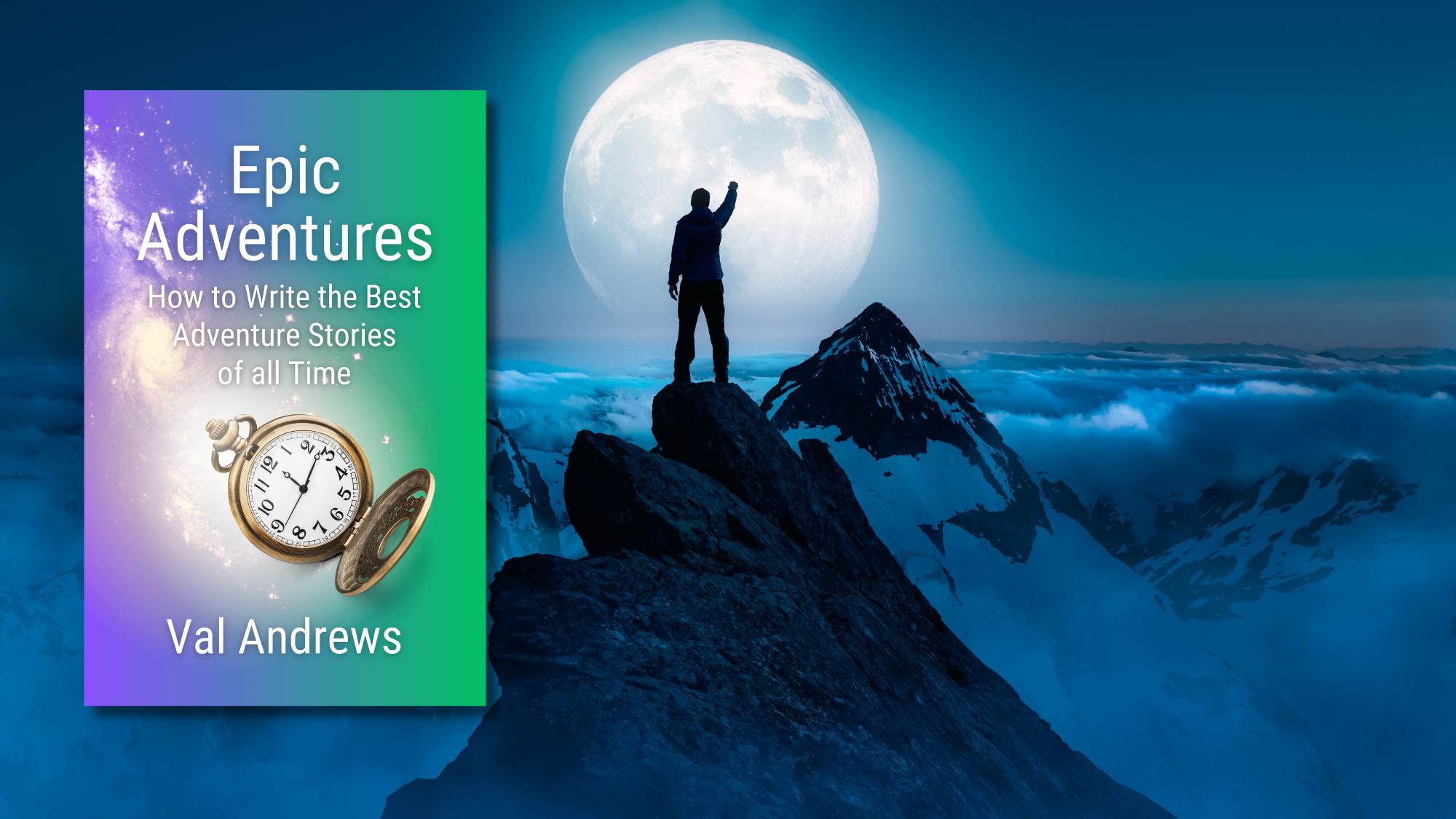The allure of adventure stories lies in their ability to transport readers to new worlds, to experience thrilling exploits, and to embark on epic quests alongside unforgettable characters. If you’ve already started your journey with Epic Adventures: How to Write the Best Adventure Stories of All Time, you’re well on your way to mastering the craft. If no, here’s a few inside tips:
Deepening Character Development
In adventure stories, the characters are as crucial as the plot itself. Here’s how to create characters that resonate with readers:
- Backstory and Motivation: Every character should have a well-defined backstory and motivation. These elements drive their actions and decisions, making them feel real and relatable. Think about your character’s past experiences, dreams, and fears. How do these shape their behavior and choices during the adventure?
- Flaws and Strengths: Perfect characters are boring. Give your characters a mix of strengths and flaws. This not only makes them more interesting but also allows for growth and development throughout the story. For instance, a brave but reckless hero might learn the value of caution, or a cautious scholar might discover inner courage.
- Relationships: Develop rich, dynamic relationships between characters. These can include friendships, rivalries, love interests, and mentor-mentee dynamics. These relationships add depth to the narrative and can drive subplots and character arcs.
Crafting Immersive Settings
The setting is the canvas on which your adventure story unfolds. It should be vivid, detailed, and integral to the plot.
- World-Building: Whether your story is set in a fantastical realm, a distant planet, or a historical era, take the time to build a detailed world. Consider geography, culture, politics, and history. How do these elements influence the story and the characters?
- Sensory Details: Engage all the senses to bring your settings to life. Describe not just what the characters see, but also what they hear, smell, feel, and taste. This creates a richer, more immersive reading experience.
- Setting as a Character: Treat your setting almost as a character in its own right. It should have its own personality, challenges, and influence on the plot. For example, a treacherous jungle might actively hinder the protagonist’s progress, or a bustling city might provide both opportunities and threats.
Enhancing Plot Structure
A compelling plot is the backbone of any great adventure story. Here’s how to ensure your plot is both engaging and coherent:
- Inciting Incident: The inciting incident is the event that kicks off the adventure. Make sure it’s impactful and immediately grabs the reader’s attention. It should present a challenge or problem that the protagonist must address.
- Rising Action and Stakes: Build tension and excitement through a series of escalating challenges. Each event should raise the stakes and push the protagonist further out of their comfort zone. This keeps readers invested in the outcome.
- Climax and Resolution: The climax should be the most intense, exciting part of the story, where the protagonist faces their greatest challenge. The resolution should tie up loose ends and provide a satisfying conclusion. Ensure that the protagonist’s actions during the climax are a direct result of their growth and development throughout the story.
Mastering Pacing
Pacing is crucial in adventure stories. You want to maintain a balance between action-packed sequences and quieter, character-driven moments.
- Varied Pacing: Mix fast-paced scenes with slower, reflective moments. This gives readers a chance to catch their breath and allows for character development. For example, after a high-energy chase scene, include a quieter moment where characters regroup and plan their next move.
- Cliffhangers: Use cliffhangers to keep readers turning the pages. End chapters with unresolved situations or surprising revelations. This creates anticipation and compels readers to continue.
- Avoiding Info-Dumps: Avoid long passages of exposition that can slow down the pace. Instead, weave background information and world-building details into the action and dialogue. Show, don’t tell, to keep the story dynamic and engaging.
Using Literary Devices
Literary devices can enhance your storytelling by adding depth and complexity.
- Foreshadowing: Drop subtle hints about future events to build suspense and prepare readers for what’s to come. This can make plot twists more satisfying and believable.
- Symbolism: Use symbols to represent larger themes and ideas. For example, a recurring motif of a broken compass could symbolize the protagonist’s struggle to find their true path.
- Irony: Irony can add a layer of sophistication to your narrative. Situational irony, where the outcome is different from what the characters or readers expect, can be particularly effective in adventure stories.
Editing and Polishing Your Manuscript
Once your story is written, it’s crucial to refine and polish it to perfection.
- Revisions: Don’t be afraid to make significant changes during the revision process. Look for plot holes, inconsistencies, and pacing issues. Ensure that every scene serves a purpose and advances the story.
- Beta Readers: Seek feedback from beta readers who can provide an outside perspective. They can identify issues you might have overlooked and offer valuable insights.
- Professional Editing: Consider hiring a professional editor to help you fine-tune your manuscript. They can provide expert guidance on everything from grammar and style to plot and character development.
Exploring Publishing Options
Finally, think about how you’ll bring your adventure story to the world.
- Traditional Publishing: Research literary agents and publishers who specialize in adventure fiction. Prepare a compelling query letter and synopsis to pitch your manuscript.
- Self-Publishing: If you prefer more control over the publishing process, self-publishing is a viable option. Invest in professional cover design, formatting, and marketing to ensure your book stands out.
- Marketing and Promotion: Build an online presence through social media, a personal website, and writing communities. Engage with potential readers and promote your book through blogs, podcasts, and book reviews.
